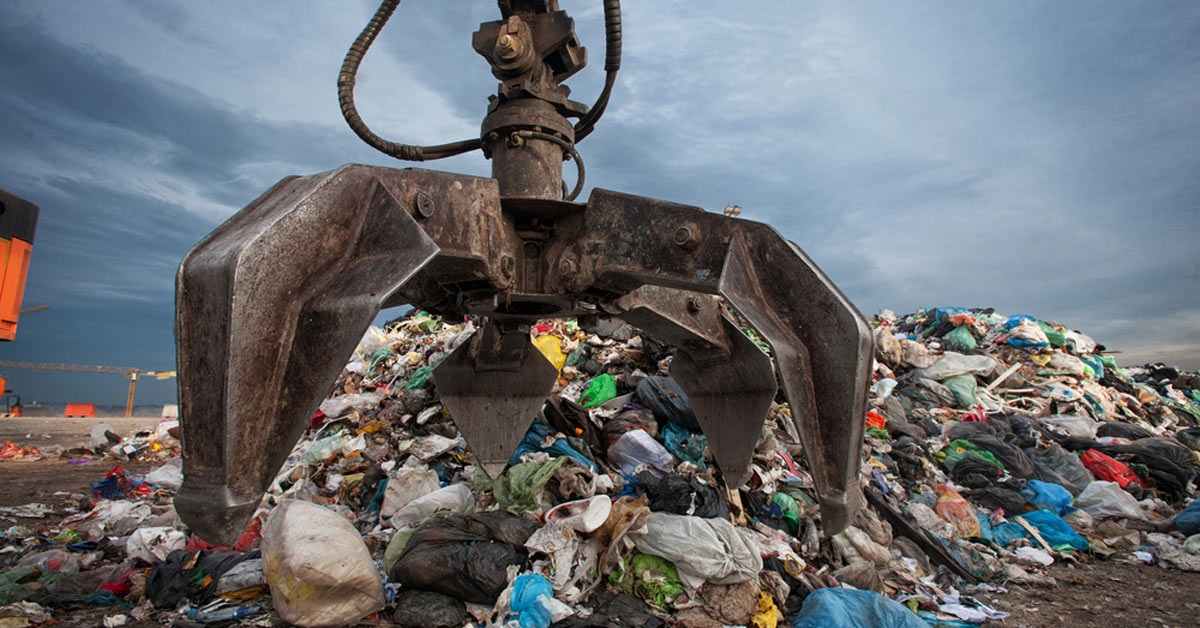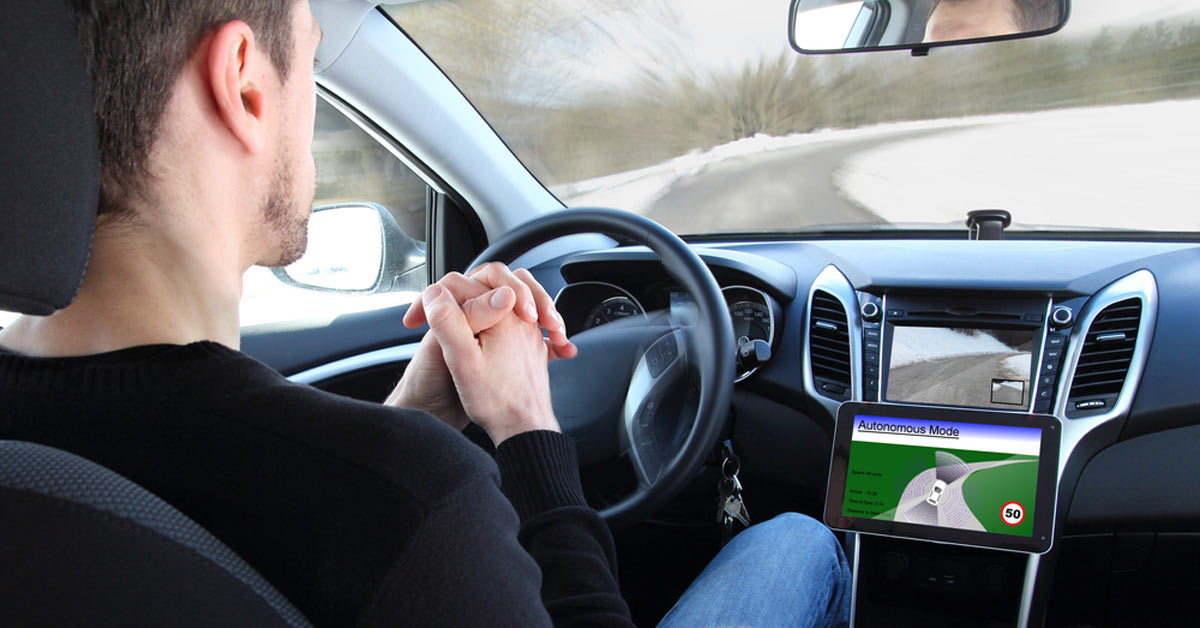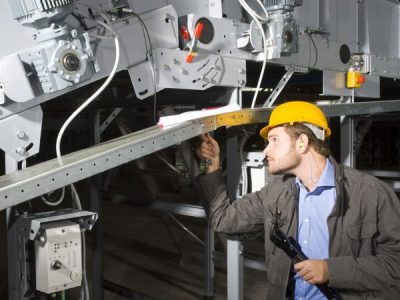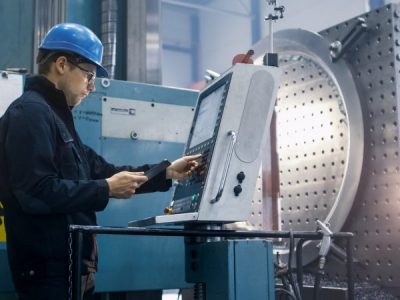It seems to be our biggest fear nowadays – that robots will eventually become so capable that they will render us redundant and change the world forever. But what if we could actually work alongside robots to help combat the effects of climate change and build a sustainable future that we all have a role in?
At Prime Engineering, our mission is to deliver quality engineering projects that transform the world. We design custom machinery that is capable of performing the tasks you want to achieve, including robotic technology to streamline manual processes. So we like to ask the big questions in our line of work, as we understand that technology must always serve a purpose to solve our client’s unique engineering problems and ultimately, make the world a better place. Let’s explore how robots can be utilised to make our future a brighter, more sustainable one.
Waste management and disposal

While recycling and other methods of eco-friendly waste disposal have become global movements, waste is still a pressing issue around the world. The process of sorting waste to maximise the amount that can be recycled is a lengthy one. However, automation could provide a viable alternative from both an efficiency and quality control perspective. A prototype of a “recycling robot” called “Dustbot” has been developed in Italy, marking the first step in advanced robotic technology for direct consumer waste management. The “Dustbot” can collect trash from residential homes and then dispose of it at a recycling facility.
Deep dive ocean restoration
The ocean is a major and crucial component of our global ecosystem. We’ve already seen the damaging effects of climate change on ocean life in the form of coral bleaching, not to mention the devastation that has been caused by preventable disasters such as the infamous BP oil spill in 2010. Scientists are now turning to automation to find a more effective solution for clearing the ocean of toxic pollutants, and generally monitoring the ocean for threats to marine biodiversity. The most notable robotic invention in this vein within the last few years is the OceanOne. This robot has the functionality to scan the ocean floor for much longer than a human can, then send sensory signals to its control centre back above water. The OceanOne is proving to be a very useful tool indeed for gathering vital data on the state of the ecosystem below sea level.
Automation in agriculture
The vast industrialisation of agriculture in recent decades has given rise to the pursuit of more sustainable farming practices, to prevent agriculture from becoming ever more wasteful and detrimental to the environment. Agricultural robots are considered to be an aspect of precision agriculture, which can arguably enhance the benefits of sustainable farming practices. Examples of robotic technology already in place in agriculture include sensors, drones, satellite imagery and advanced resource management software.
All of these technologies have already been proven to improve the environmental sustainability of agriculture through reducing the amount of water and pesticides farmers need to use, as well as reducing waste. One of the most impressive of these is the autonomous grapevine pruner developed by Vision Robotics Corporation – check out the mechanics on this!
Driverless cars

Driverless cars are the next frontier in sustainable automotive technology ahead of hybrid vehicles. Autonomous cars, vans and even buses are already being trialled in various locations around the world. They work on the principle of driving more efficiently through deducing the best, quickest routes, and optimising braking and acceleration to ensure the least amount of fuel is used in any given trip. However, the latest in “smart” car technological advancements is the capability of cars to interact with each other and the road, to optimise the safe and smooth flow of traffic in heavily populated areas. One notable example of this is the European project SARTRE, which involves road trains – i.e. convoys of vehicles – that is programmed to follow a lead car driven by a real driver and exercise adaptive cruise control.
At Prime Engineering, we deliver innovative and cost-effective engineering solutions for our clients, as we’re in the business of making tomorrow’s future happen today. Get in contact with us today to see how we can make your project vision a reality!



